The Moderns: European Designers in Sydney is now showing at the Museum of Sydney until November 26, 2017. There is something about furniture and homewares from the 1930s to 1960s that just fills a small void in my life. It’s basically the transformation of furniture from verging on impractical to sleek and beautifully designed. In other words, this movement allowed simple to be magnificent. When I heard about this exhibition opening in Sydney I was very intrigued. We must have had some amazing designers around this period, but I’ve never heard their stories. Today was the day to educate myself and admire the men and women who often fled tumultuous circumstances in Europe to practice their craft and realise their designs.
The exhibition is located on Level 2 of the Museum of Sydney. Just before entering the space, there is a large thematic panel with the exhibition title in neon blue. Contained in a glass tube is a chair manufactured by George Karody. As the introductory panel states, modern Australian architecture is so often associated with Harry Seidler. Those that came before him are ignored and marginalised from the story. So already you feel as though it is going to be a different kind of modernist exhibition that tackles new material.
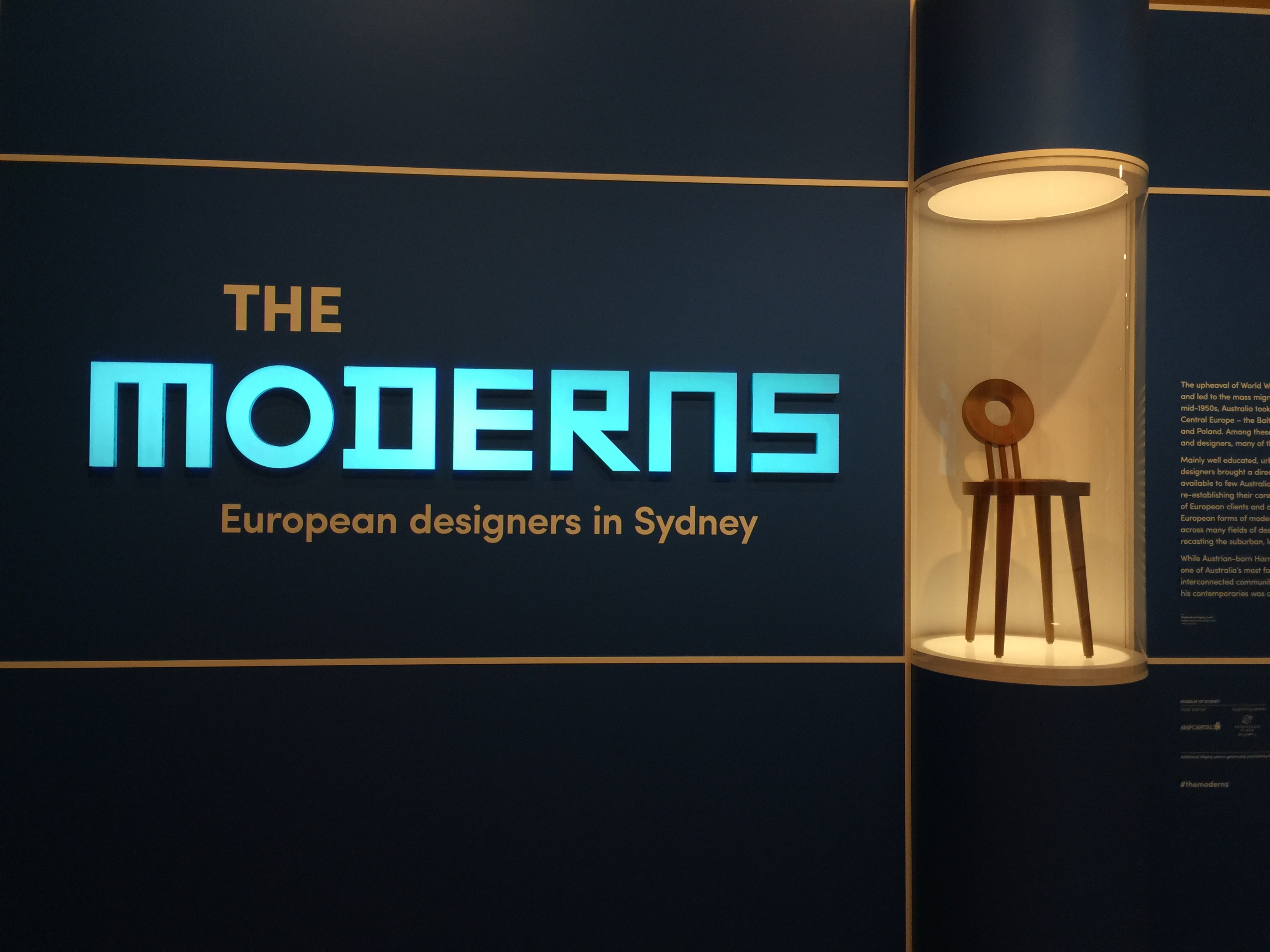
The exhibition space allows you to select whatever path you wish to take. It is essentially set up to showcase the biographies of early designers and photographs/objects representing their work. The display cases are so perfectly designed to look like 1920s Art Deco pieces. Each designer has their own colour and section of the exhibition. Men and women are represented in the space which was great to see.

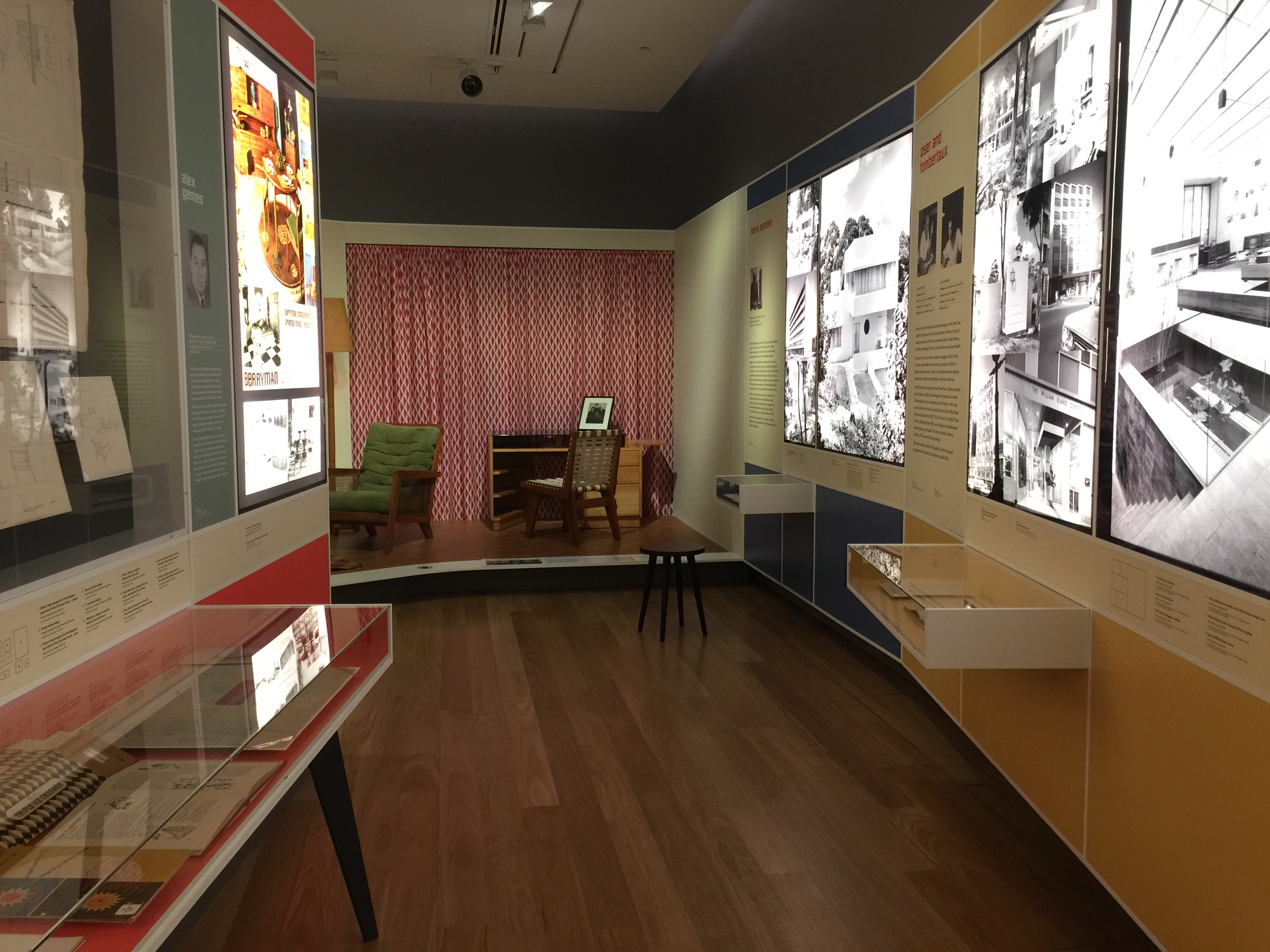

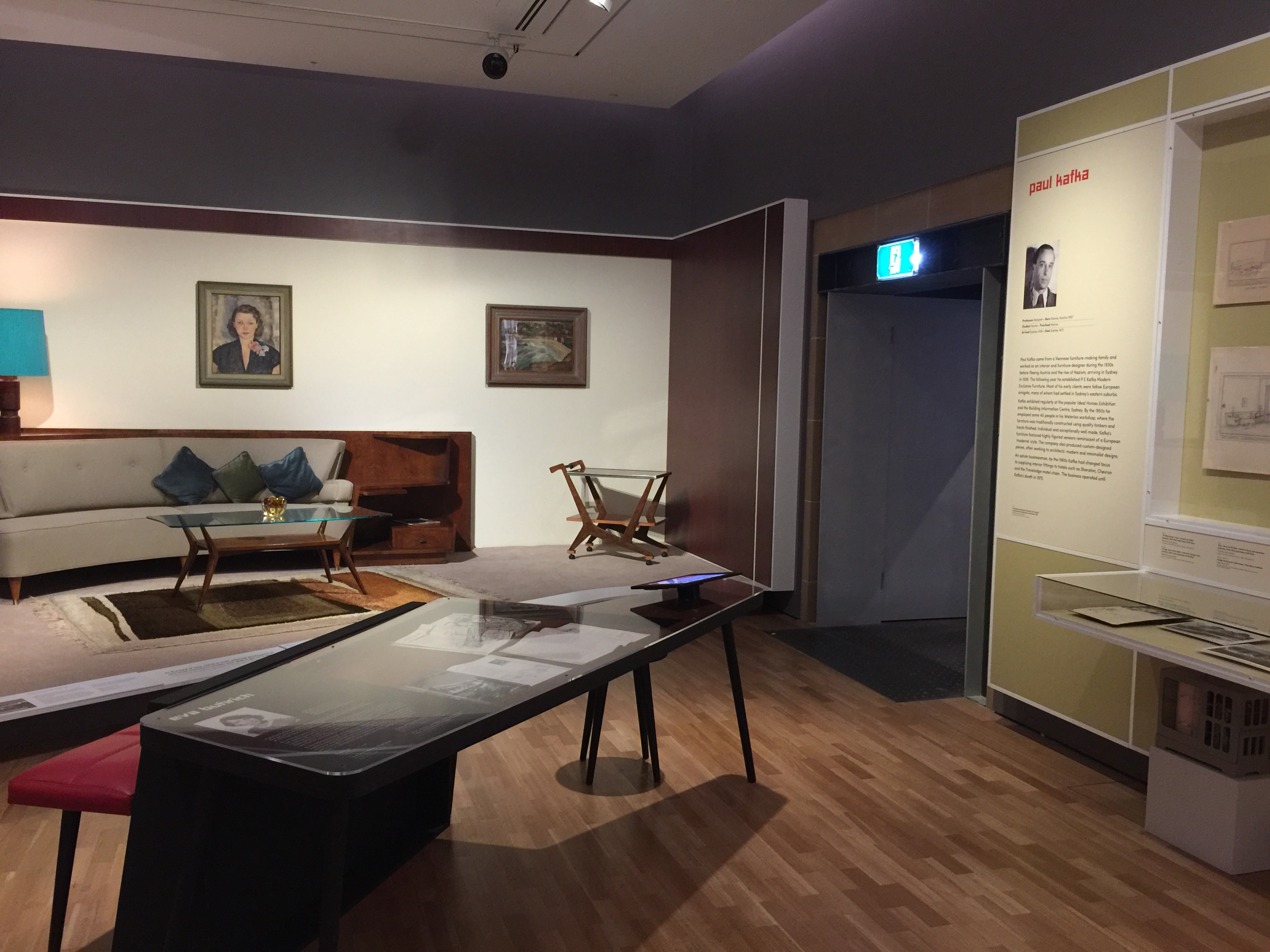

Apart from the biography panels and cases, parts of the exhibition space were re-created rooms from Sydney houses. The furniture was all inspired or created by the designers and told the story of a particular family and their connection to the moderns.
That basically provides a nice overview of the entire exhibition space. See the photographs below for further layout information.
The rest of the blog will focus on three designers that I found to be most interesting. Also, I’ll briefly discuss one of the house set ups that really caught my eye.
1. Susan Kozma-Orlay
Kozma-Orlay was born in 1913, in Budapest Hungary. After studying in Budapest, Stuttgart, and Vienna, she fled to Australia with her family having survived Nazi occupation. During her illustrious career, Kozma-Orlay worked for companies such as David Jones, designing graphics for their silk and textile patterns. She later moved into furntiure and interior design working closely with Stephen Gergely in the eastern suburbs of Sydney. Her earlier work is now on display at the Victoria & Albert Museum in London.
After reading about this amazing journey from Europe to Australia, you are then invited to see some of her designs both in pictorial form and as actual objects. The first image is of a beautiful drinks chest that has wheels attached for easy manouevring. My favourite object, however, was the samples book created for David Jones containing some of her designs.
What worked really well in this space was the use of backlighting to highlight specific images. By creating contrast with lights, the display was more visually appealing and your eyes were drawn to the most significant works.

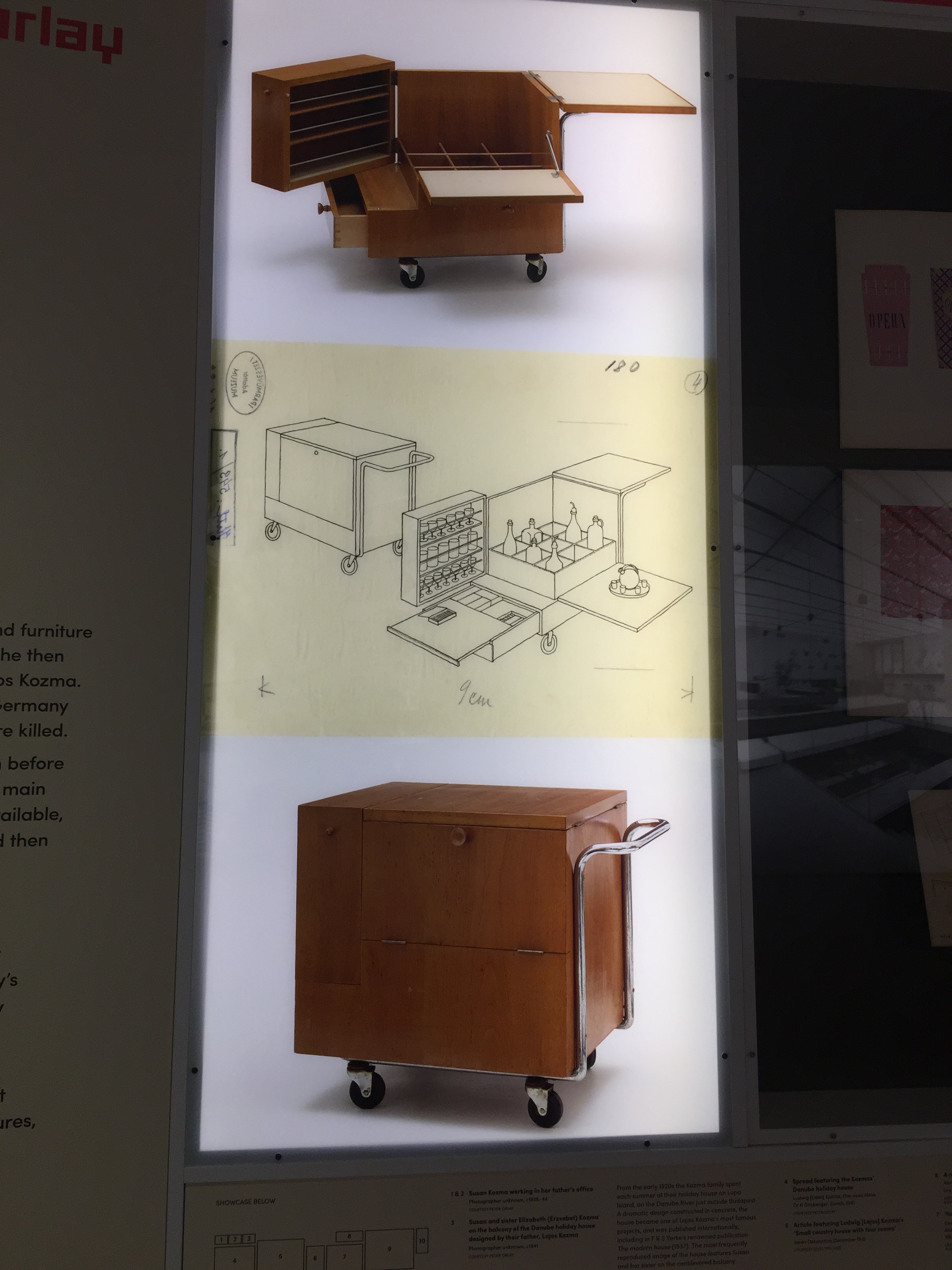
2 and 3. Oser and Fombertaux
Hans Oser was born in Austria, arriving in Sydney in 1938. Jean Fombertaux was born in France and arrived in Sydney three years earlier. In Sydney, the two formed a partnership utilising their design skills and producing late-international-style architecture.
Their work included the William Bland Centre on Macquarie Street and the BOAC Travel Centre on Castlereagh Street. The latter was included in the Royal Australian Institute of Architectus in 1971.
I have selected these personalities because the images that accompanied their stories were extremely powerful. In particular, seeing the Star of David added to one of the buildings made me reflect on the broader themes of the exhibition as well as take a moment to consider wider contexts.
They also produced some stunning interiors and the backlit photographs were difficult to miss when first entering the space.
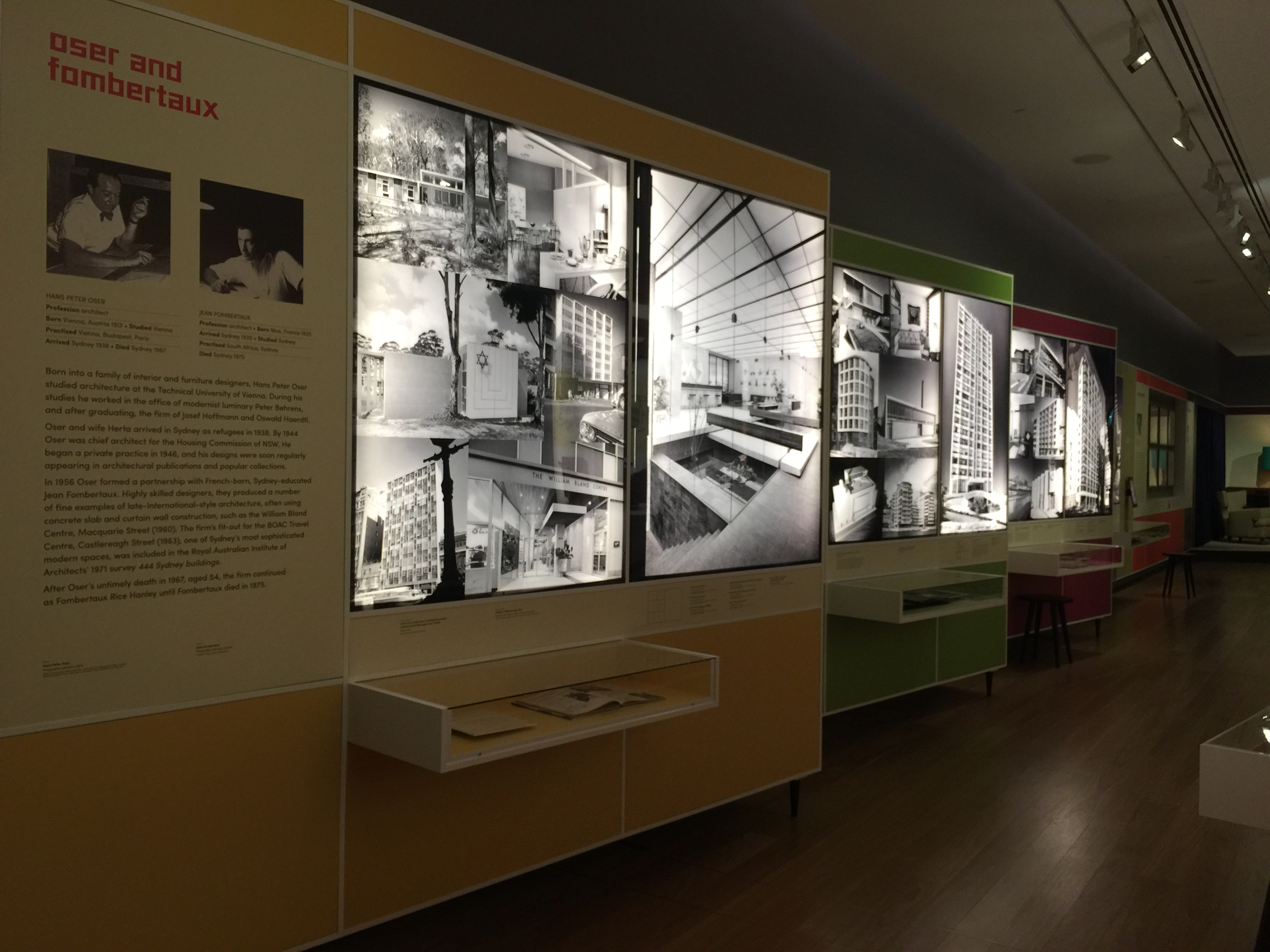
4. Room with Cocktail Cabinet
It is incredibly difficult to walk past this section of the exhibition and not fall immediately in love with the cocktail cabinet. The work is stunning and it is such a treasure piece of Art Deco. Also the wood is sourced from Queensland so a huge plus there.
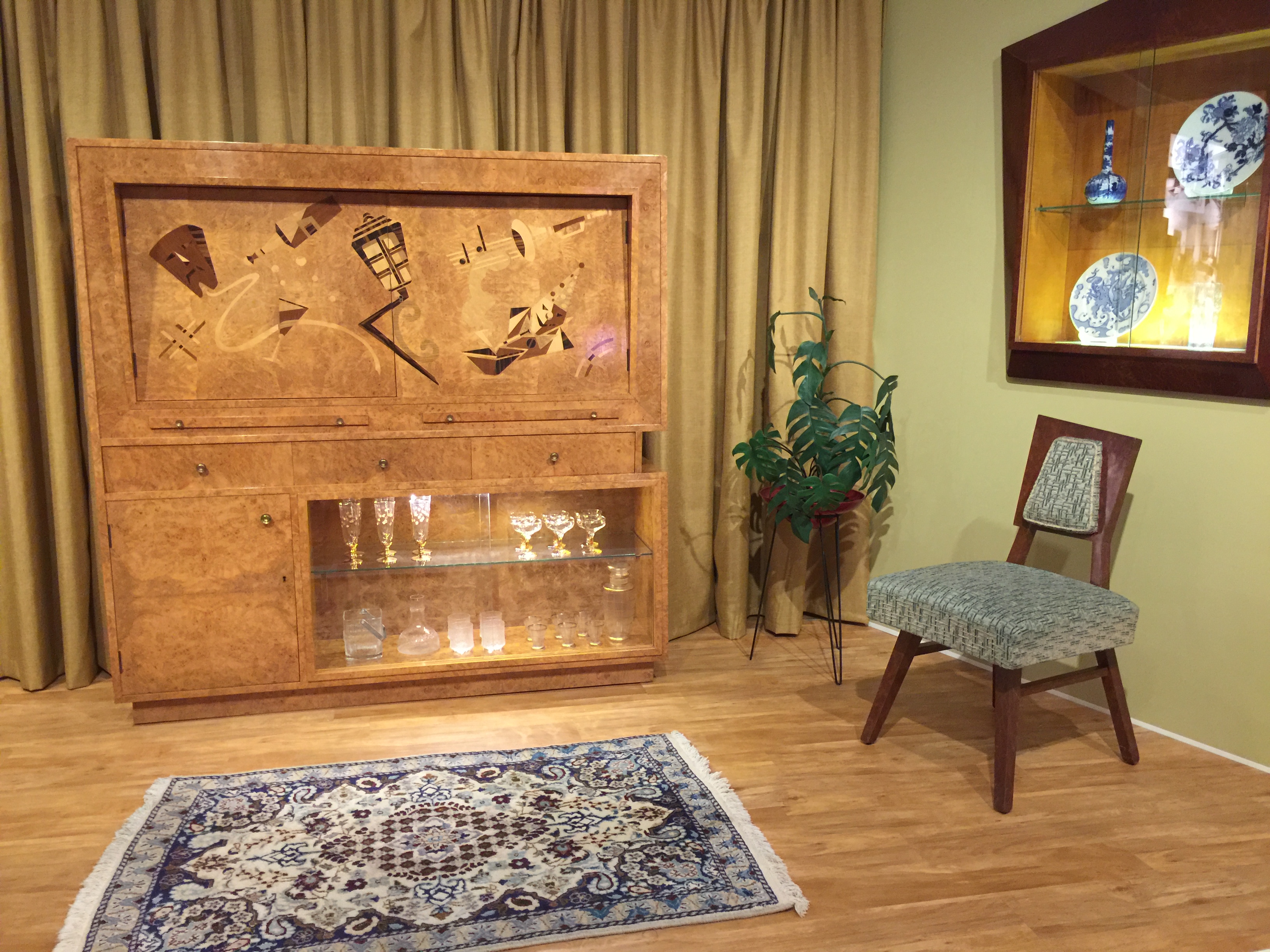
In saying this, there was another room with a great little story attached – the Schwartz House. The room panel explored the story of Laci and Magda Schwartz who emigrated to Sydney from Hungary and had George Reves design their house. This room is an example of their entertaining space where visitors could overlook Sydney Harbour. The story was going so well until the ending. The house was demolished in 2000, seriously heart breaking. All of this amazing modernist design and architecture no longer exists.

Here are some of the other room displays:
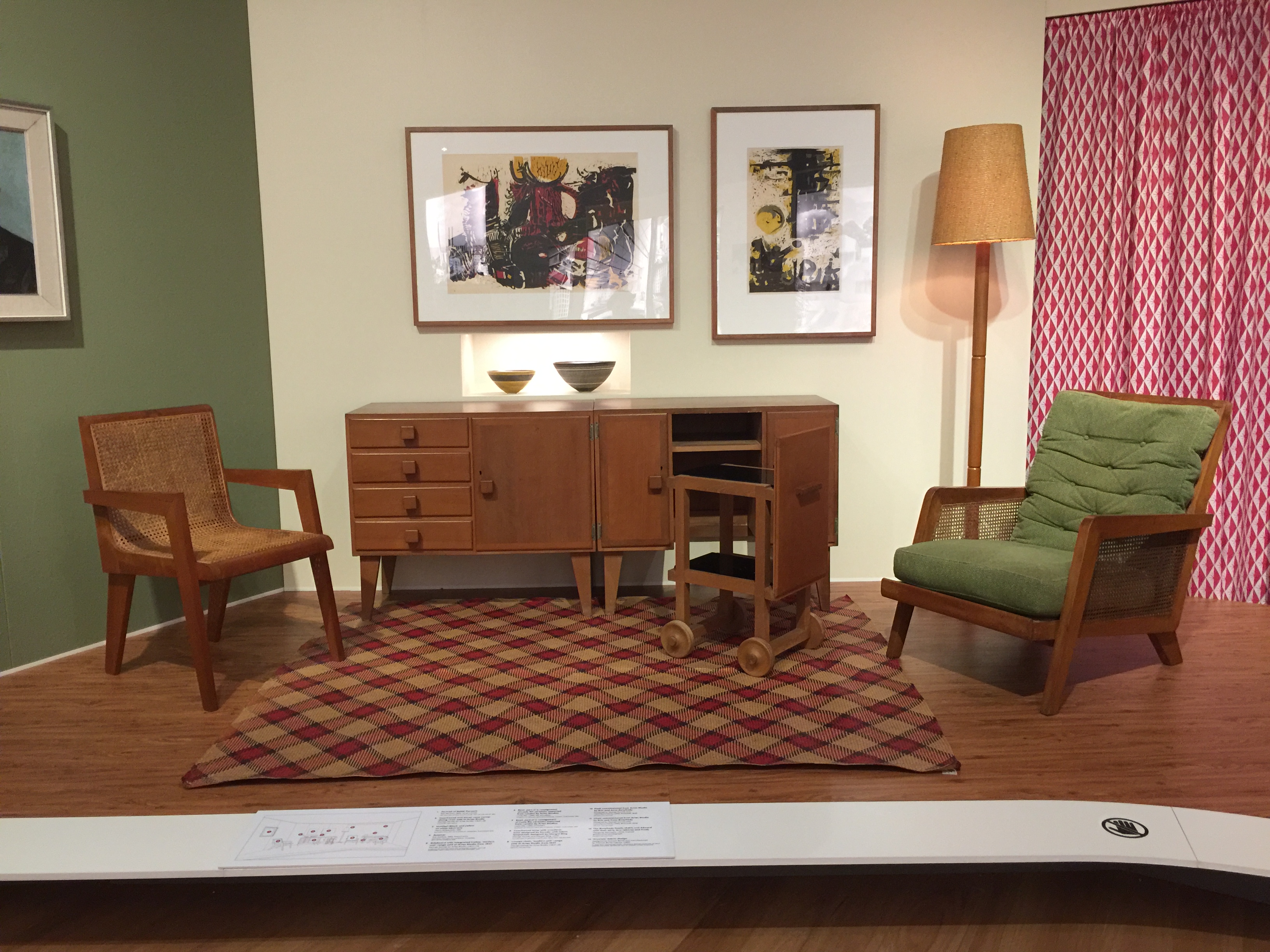
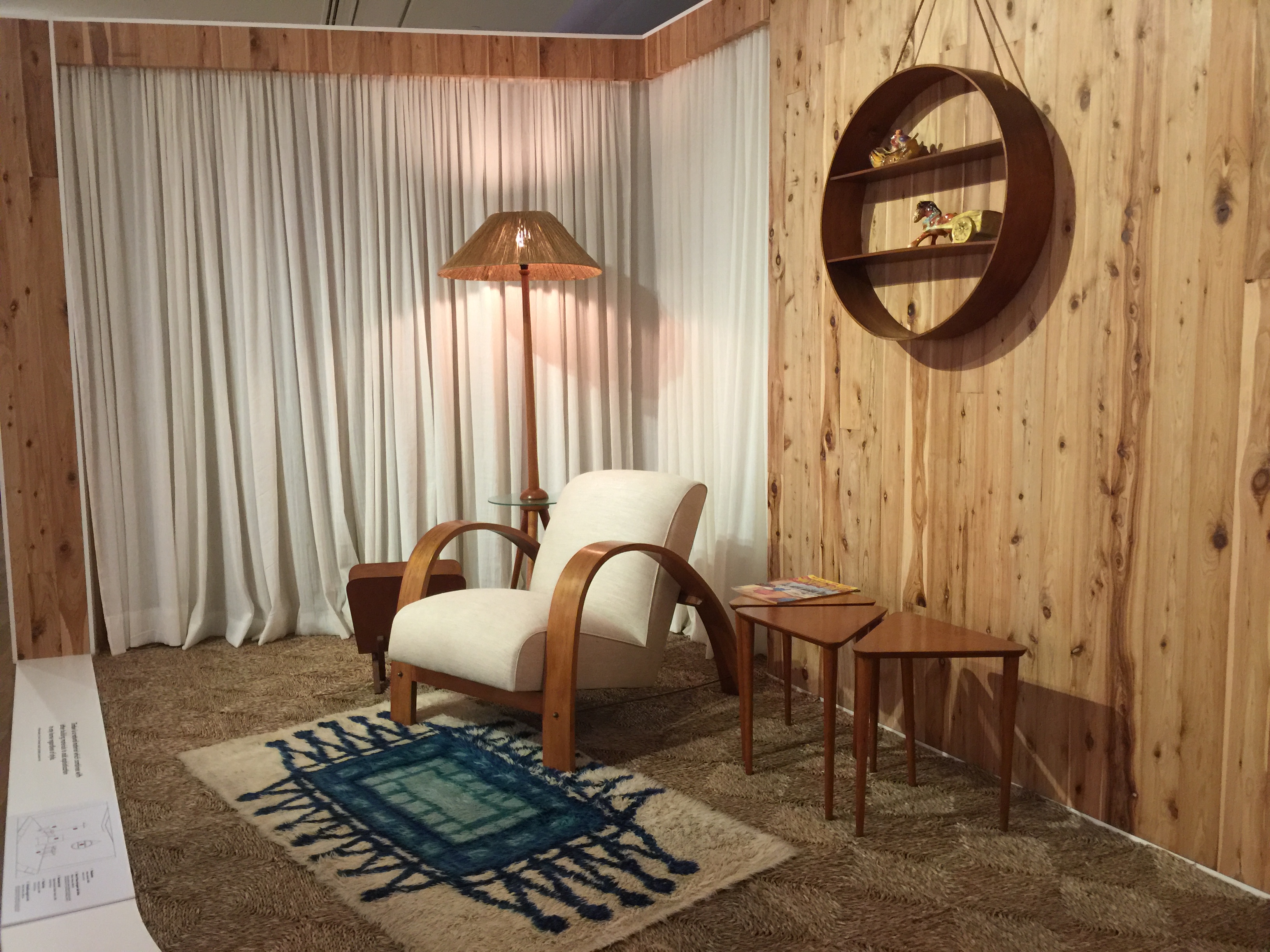
This level of design and the individuals who championed the modernist movement have been thoughtfully remembered in the exhibition space. I just wish more of these Art Deco properties and their interiors remained! For today, seeing the designs and products in a museum will have to do. I can dream that one day I’ll own a house that will be modernist designed from floor to ceiling.


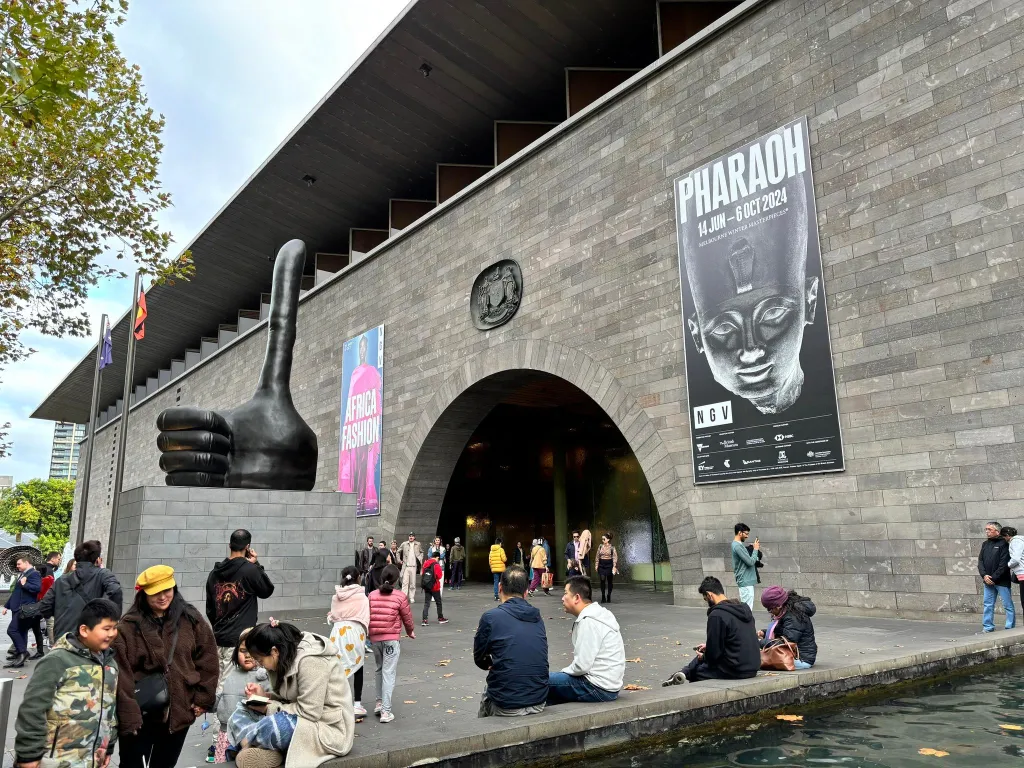
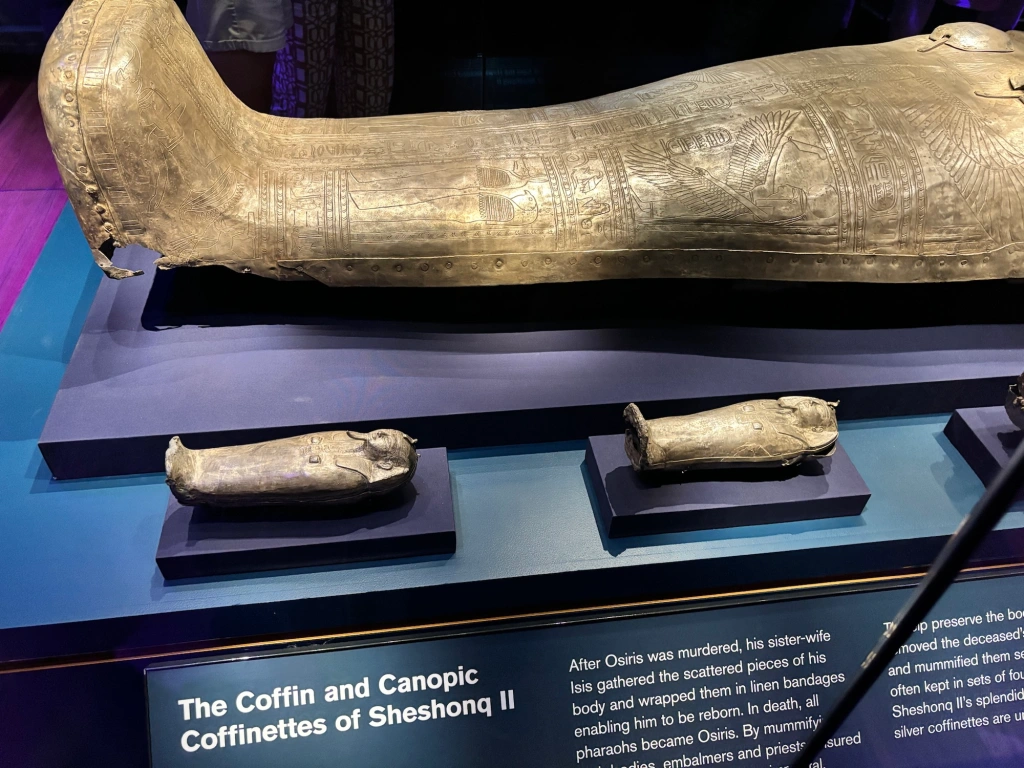

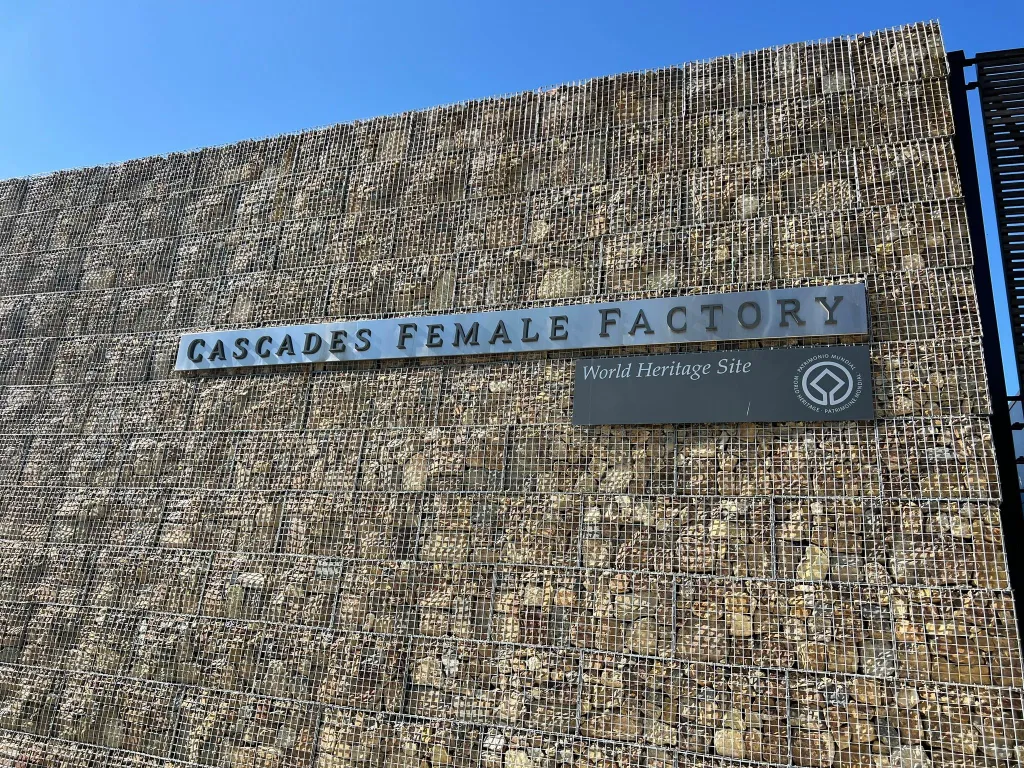
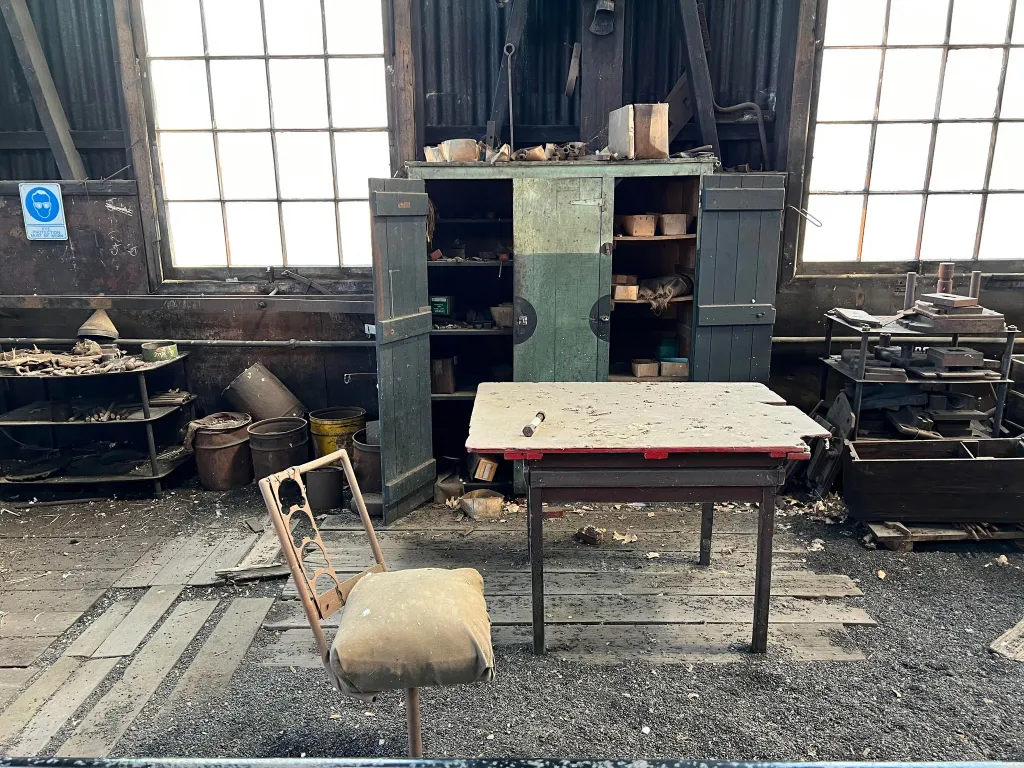
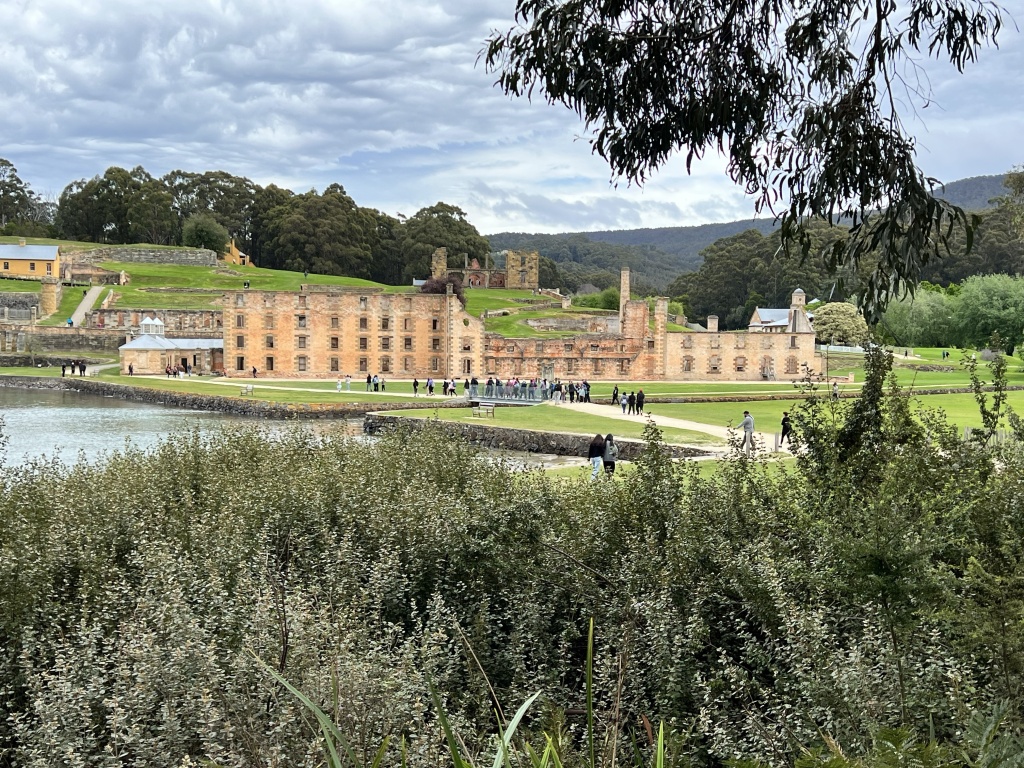
Leave a comment